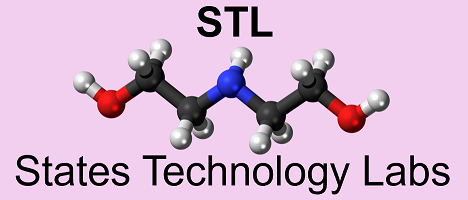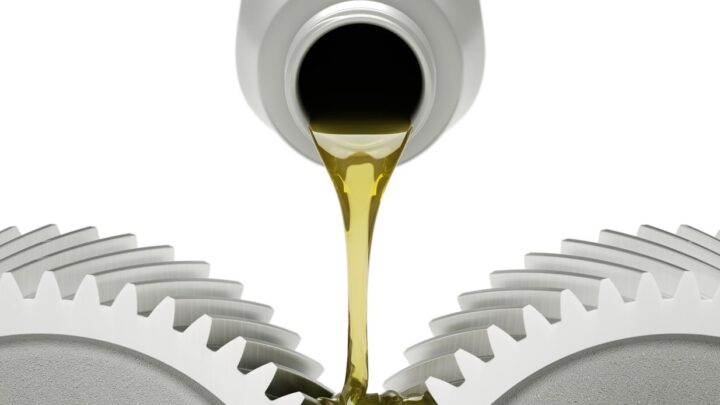
Light Cycle Oil
Light Cycle Oil (LCO) is a diesel boiling range product from Fluid Catalytic Cracking Units (FCCUs). However, LCO is a poor diesel fuel blending component without further processing. Oil refining is an industrial process which involves separation, conversion and finishing. FCC centered refinery uses Fluid Catalytic Cracking Unit (FCCU) has the major conversion unit.
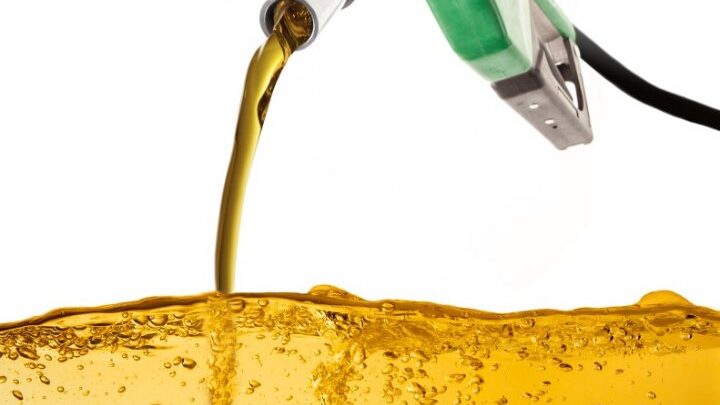
Gasoline
Gasoline, also spelled gasolene, also called gas or petrol, is used worldwide primarily as a fuel in internal combustion engines. Gasoline is a complex mixture of hundreds of different hydrocarbons. Most are saturated and contain 4 to 12 carbon atoms per molecule. Gasoline used in automobiles boils mainly between 30° and 200° C (85° and 390° F).
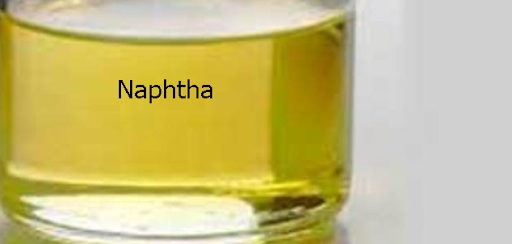
Naphtha
Naphtha, any of various volatile, light flammable liquid containing a mixture of hydrocarbon molecules typically with between 5 and 10 carbon atoms. It mainly consists of straight chain alkanes (paraffins) but it may also contain cyclohexane (naphthene) and aromatics.. Naphtha was the name originally applied to the more volatile kinds of petroleum.
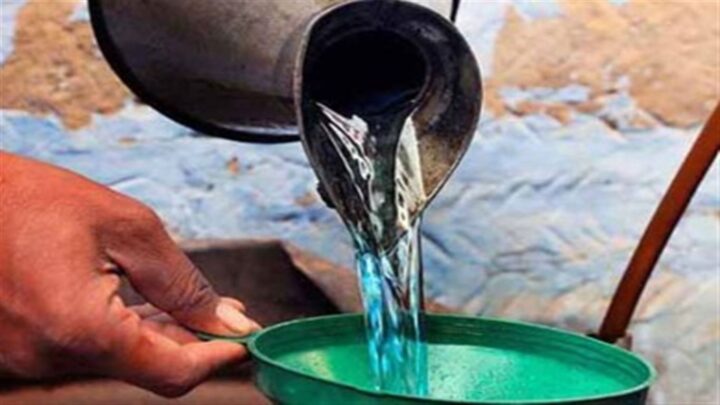
Kerosene
Kerosene also spelled kerosine, also called paraffin or paraffin oil, is a colorless, oily, highly flammable liquid with a strong odor, distilled from petroleum (10–25 % of total volume). It is a mixture of about 10 different types of fairly simple hydrocarbons, depending on its source. Fraction distillation resulting in a mixture of carbon chains.
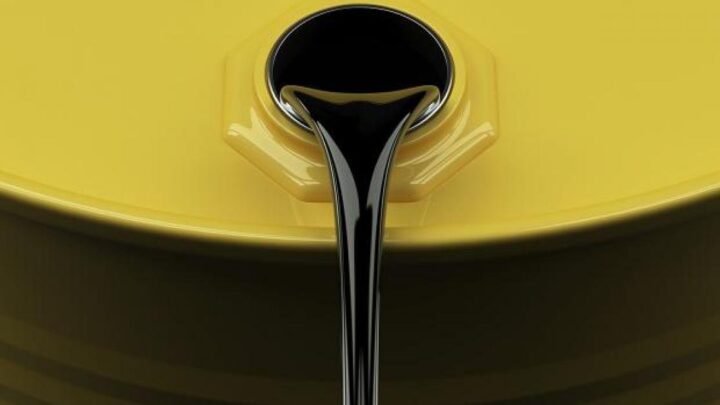
Mazut
Mazut is a heavy, low quality fuel oil which is the residue from distillation of gasoline, ligroin, kerosene, and diesel oil fractions from petroleum. It comprises all residual fuel oils, including those obtained by blending. Its kinematic viscosity is above 10 CST at 80°C. The flash point is always above 50°C.
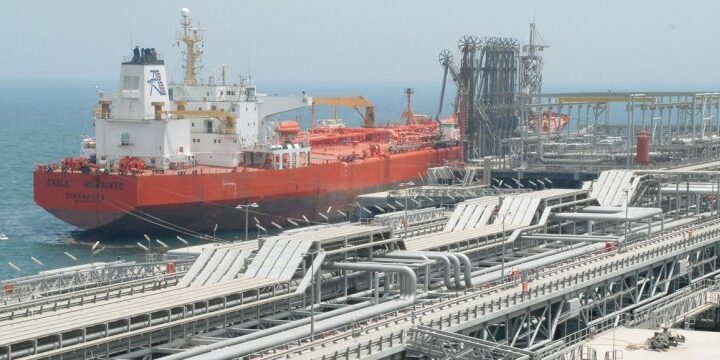
Condensate
Natural-gas condensate is a low-density mixture of hydrocarbon liquids that are present as gaseous components in the raw natural gas produced from many natural gas fields. Some gas species within the raw natural gas will condense to a liquid state if the temperature is reduced.

Jet Fuel
Jet fuel or aviation turbine fuel (ATF, also abbreviated avtur) is a type of aviation fuel designed for use in aircraft powered by gas-turbine engines. It is colorless to straw-colored in appearance. The most commonly used fuels for commercial aviation are Jet A and Jet A-1, which are produced to a standardized international specification.
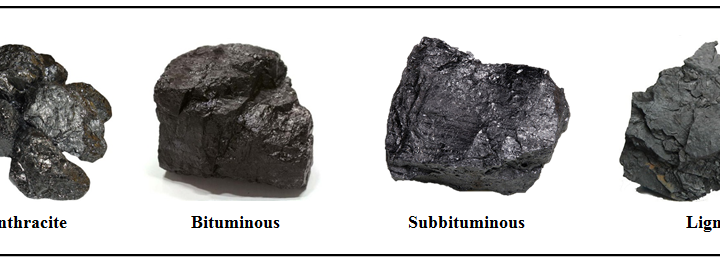
Petroleum Coke
Petroleum Coke, abbreviated Coke or Petcoke, is a final carbon-rich solid material that derives from oil refining, and is one type of the group of fuels referred to as cokes. Petcoke is the coke that, in particular, derives from a final cracking process–a thermo-based chemical engineering process that splits long chain hydrocarbons of petroleum.
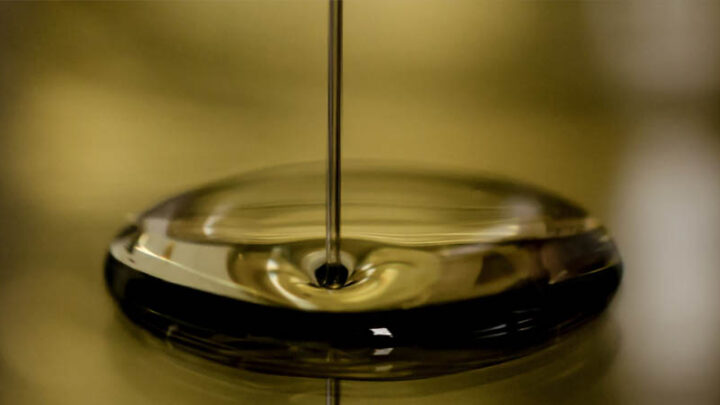
Diesel
Gas oil and diesel are virtually the same, the minor difference that exists between these two is that often diesel contains lesser content of sulfur (in some countries; gas oil is diesel fuel but without the dyes which show it has had the road tax paid). Diesel oil is a type of Fuel oil.
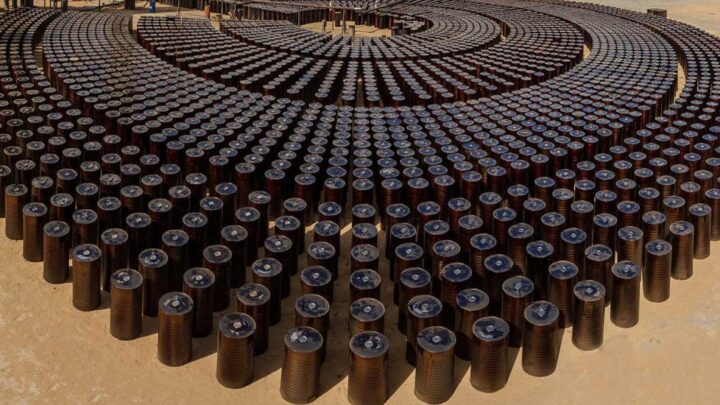
Bitumen
Bituminous materials or asphalts are extensively used for roadway construction, primarily because of their excellent binding characteristics and water proofing properties and relatively low cost. Bituminous materials consists of bitumen which is a black or dark colored solid or viscous cementitious substances consists chiefly high molecular weight hydrocarbons derived from distillation of petroleum or natural.
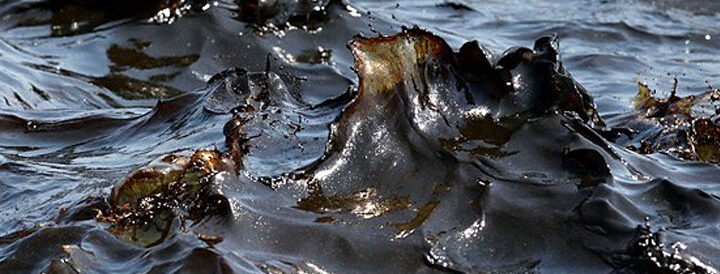
Fuel Oil
Fuel oil, also known as heavy oil, marine fuel or furnace oil, consisting mainly of residues from crude-oil distillation, referring to the heaviest commercial fuel. It is produced by fractional distillation of crude oil between 370 OC (700 0F) and 600 OC (1112 0F) boiling range. Broadly speaking, fuel oil is any liquid petroleum product that is burned in a furnace or boiler for.
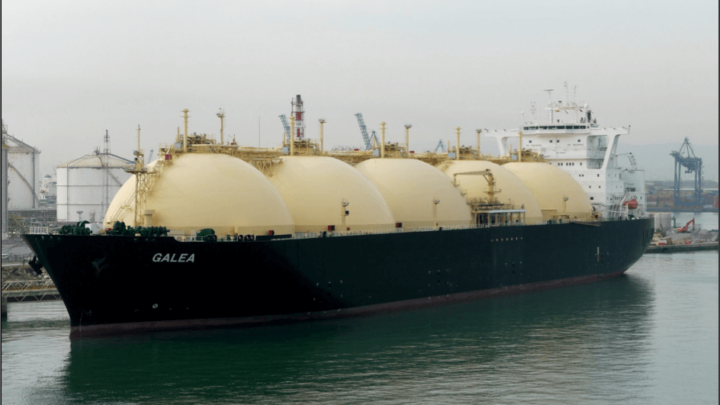
LPG
LPG – Liquefied Petroleum Gas – (Autogas) which often constitute of Propane (C3), Butane (C4) or propane/butane mixtures (C3/C4 or P-B mix) have ideal properties as a fuel and are widely used throughout the world. They are stable with a high-energy content and relatively low sulfur. These clean burning fuels can be transported economically.

D6 Virgin Fuel Oil
D6 Virgin Fuel Oil is also being known as Residual Fuel Oil and is of high–viscosity. This particular fuel oil requires preheating to 220–260ºF (= 104, 44–126, 66°C). D6 is mostly used for generators. Recent changes in fuel quality regulation now require further refining of the D6 in order to remove the sulfur.
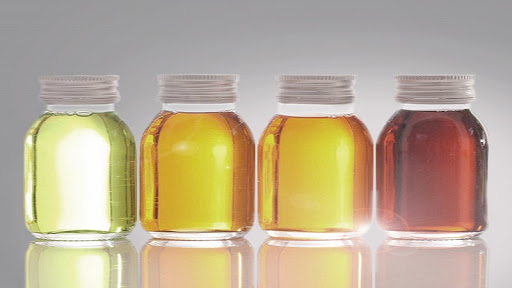
Lubricant Base Oils
Base oils are used to manufacture products including motor oil, Industrial oil, Grease, and etc. General-purpose oils Mold oil Transmission fluids, Gear oils, Metalworking fluid Additives, Hydraulic oils, and Transformer oils. Base Oil SN 500 : SN 500 is a base oil at the upper end of the specifications for Group 1 base oil which has undergone solvent refining processes.

Solvents
Petroleum solvents readily dissolve all petroleum fractions, vegetable oils and fats, and organic compounds of sulfur, oxygen, and nitrogen. The solvent action increases with the solvent’s aromatic-hydrocarbon content. All petroleum solvents poorly dissolve water (hundredths of a percent). Aromatic solvents poorly dissolve solid paraffins, while liquid propane poorly dissolves asphaltic resinous substances. Petroleum solvents (benzene, toluene, and xylene) exhibit low toxicity and are explosive. Liquid propane is used to deasphalt tar.
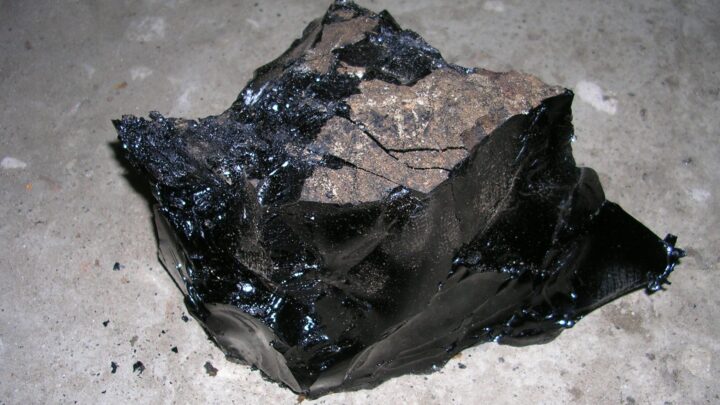
Vacuum Bottom
The crude oil in the refinery is converted by distillation to its components, and crude oil is separated from each other due to the difference in boiling point in different parts of the tower. In the process of primary distillation (distillation at ambient pressure), some heavy materials remain at the bottom of the tower.
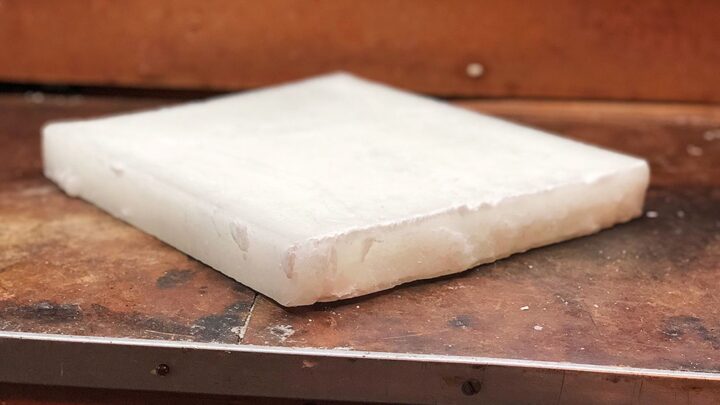
Paraffin Wax
Paraffin wax, colorless or white, somewhat translucent, hard wax consisting of a mixture of solid straight-chain hydrocarbons ranging in melting point from about 48° to 66° C (120° to 150° F). Paraffin wax is obtained from petroleum by dewaxing light lubricating oil stocks. It is used in candles, wax paper, polishes, cosmetics, and electrical insulators.
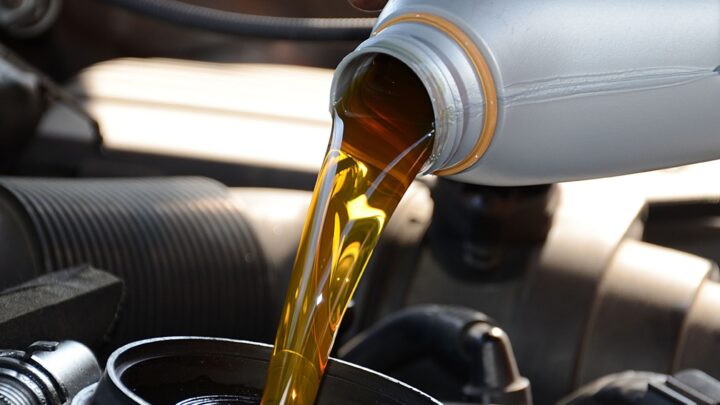
Motor Oil
Motor oils are derived from petroleum-based and non-petroleum-synthesized chemical compounds. Most motor oils are made from a heavier, thicker petroleum hydrocarbon base stock derived from crude oil, with additives to improve certain properties. The bulk of typical motor oil consists of hydrocarbons with between 18 and 34 carbon atoms per molecule.

LNG
Liquefied natural gas (LNG) is natural gas (predominantly methane, CH₄, with some mixture of ethane, C₂H₆) that has been cooled down to liquid form for ease and safety of non-pressurized storage or transport. It takes up about 1/600th the volume of natural gas in the gaseous state (at standard conditions for temperature and pressure).

Crude Oil
Petroleum crude oil, commonly referred to as crude oil, is a complex mixture of hundreds of compounds including solids, liquids, and gases that are separated by the refining process. Crude oil is one of the most sought after commodities. This naturally occurring liquid fossil fuel can be refined into diesel, gasoline, heating oil, jet fuel, home heating oil, lubricating oil, wax, asphalt, and many other valuable products.
